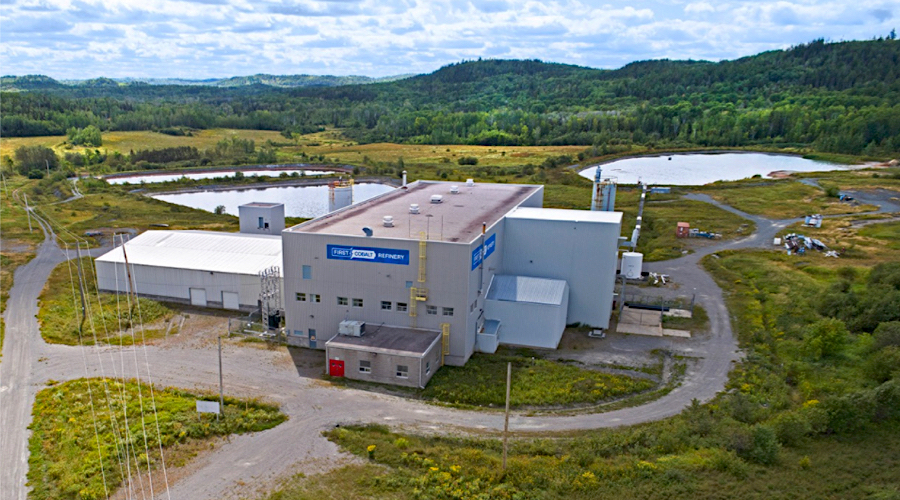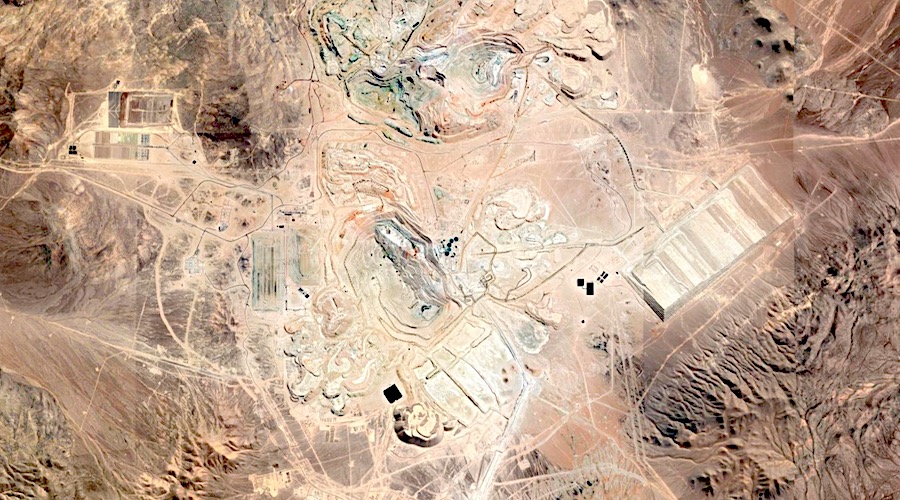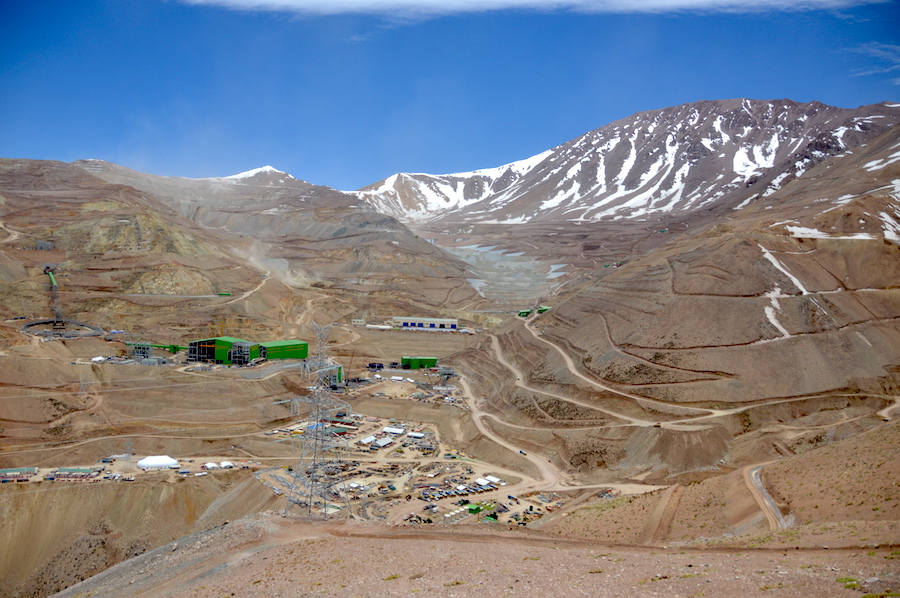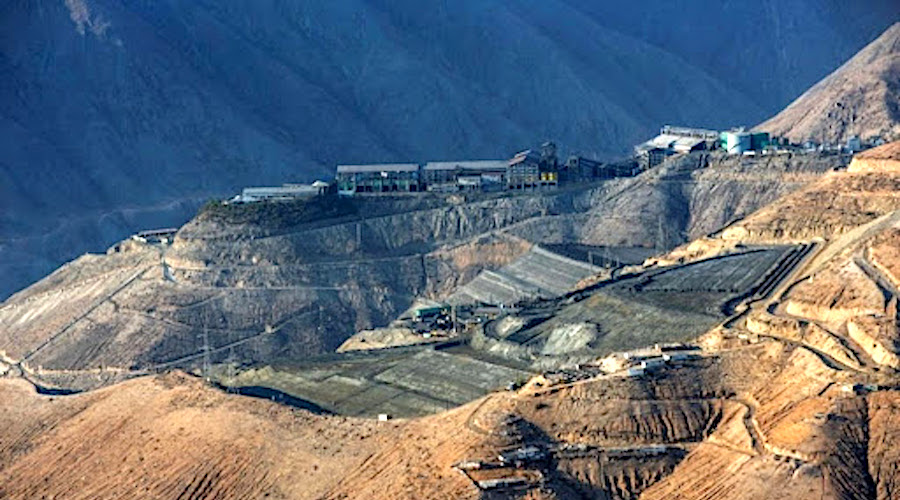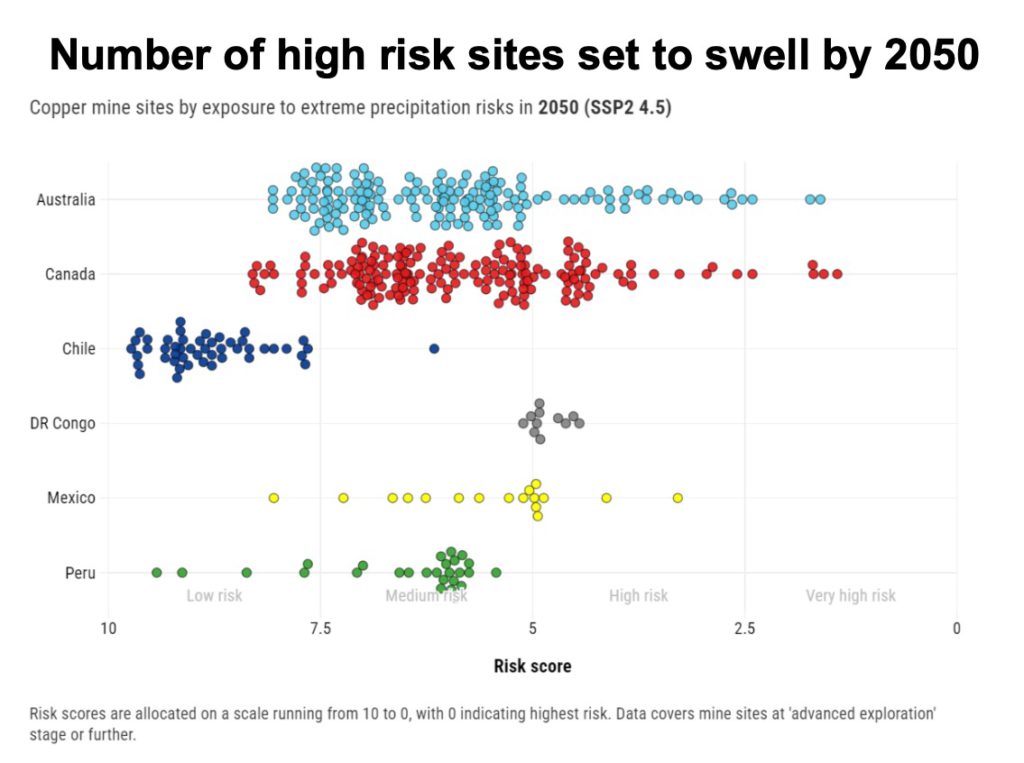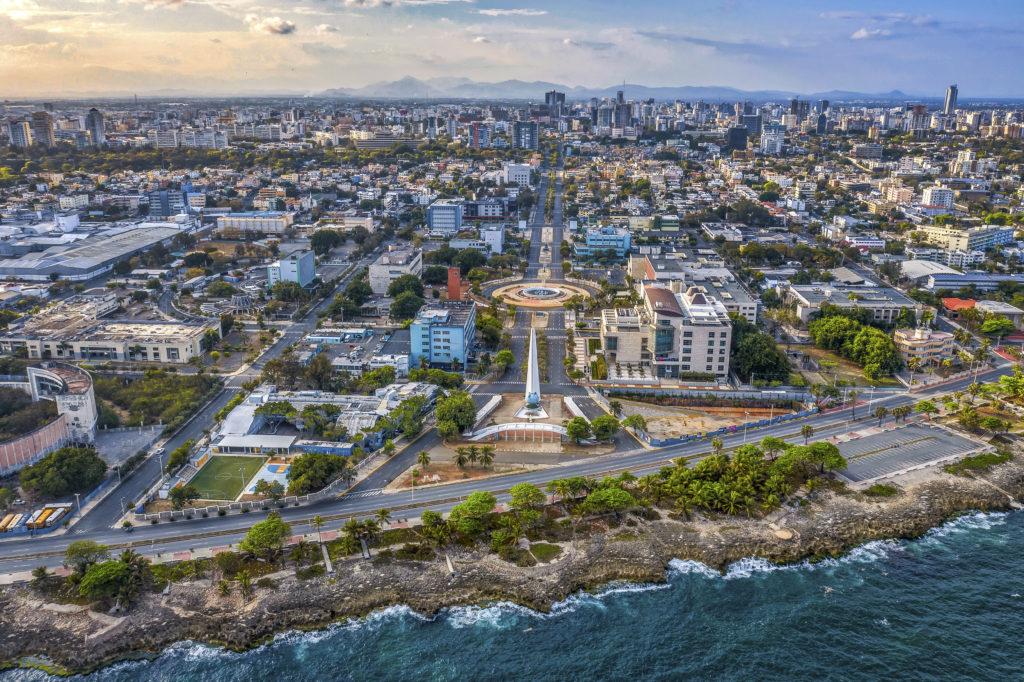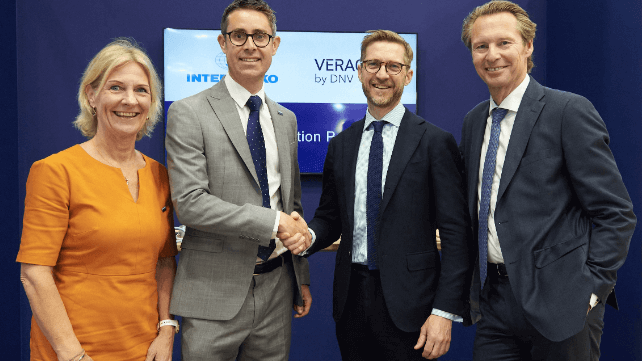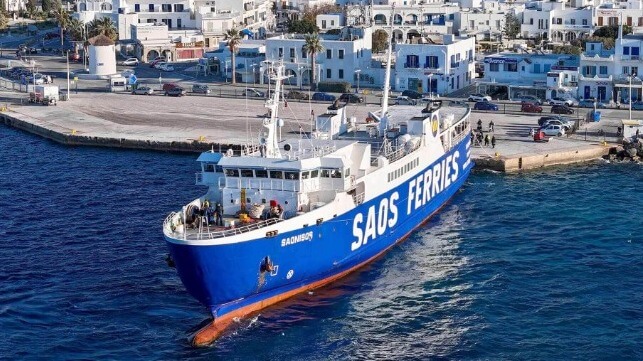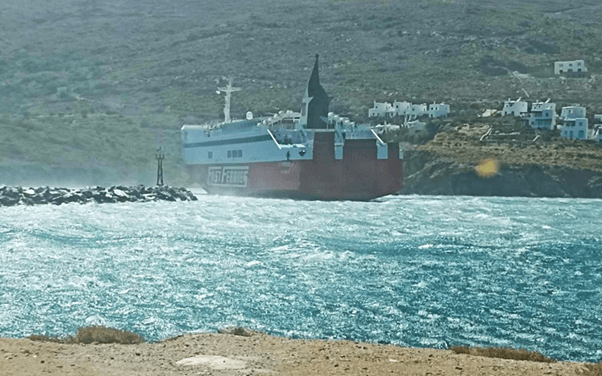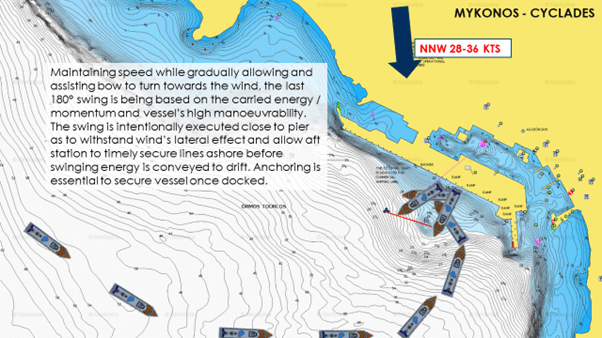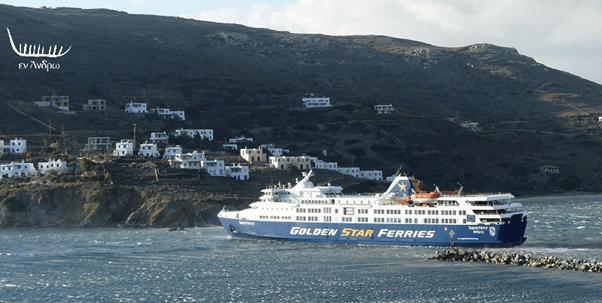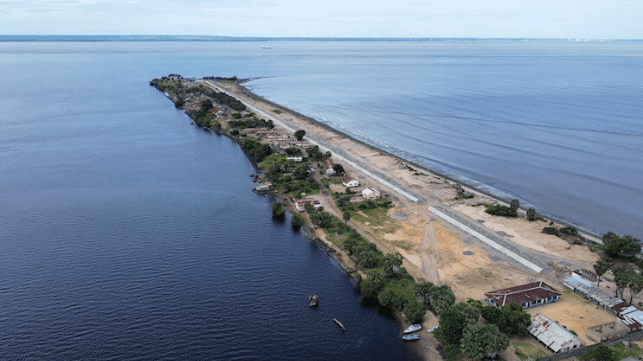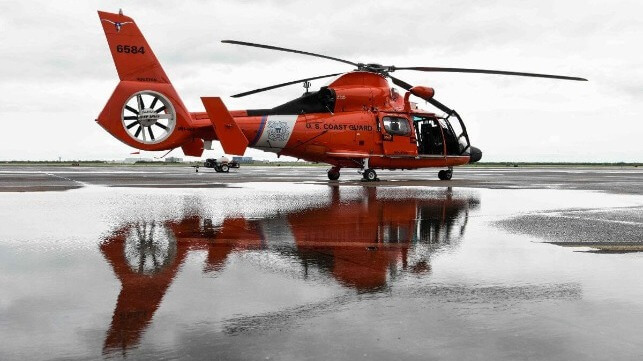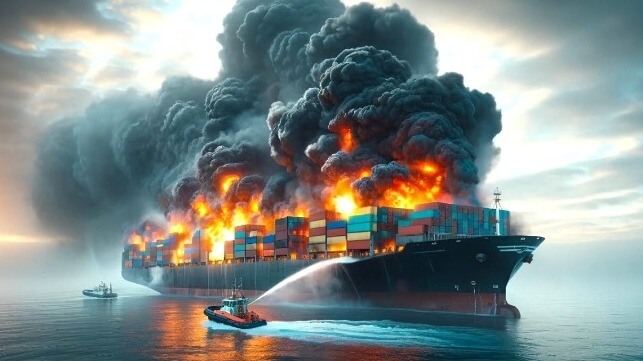B.C. fines Teck Coal over $220K for unauthorized waste spills
Waste contained substances harmful to the health of humans and aquatic life, ministry report says
A mining company has been fined close to $221,000 for almost 30 instances of discharging waste into the environment without authorization in southeastern B.C.
On Aug. 8, the B.C. Ministry of Environment handed Teck Coal Ltd. — now operating as Elk Valley Resources — two administrative penalties based on waste disposal issues over two years at its Elkview operations near Sparwood, B.C.
The company was aware that the discharges of process slurry were unauthorized but "did not take all reasonable measures" to prevent them, the ministry said in a report.
It also said in a separate penalty assessment document that the slurry contained substances that are harmful to the health of humans and aquatic life.
The larger of the two penalties — at $168,750 — deals with 27 separate instances of unauthorized waste discharges between February 2021 and November 2022.
While each instance's release varied in volume, the discharge from these cases totalled more than 109,000 litres, according to the report.
But the ministry also found that they had little to no actual impact to the environment because they were "limited to the heavily disturbed area in and around the [Elkview operations] pit and Coal Processing Plant."
Meanwhile, the second penalty of $52,000 covers just two incidents. But, in these instances, the mining waste did get to nearby creeks that support animal life, the report says.
In particular, around 1,000 litres of slurry was discharged to the ground and approximately 50 litres reached Otto Creek in October 2021. Three months later, about 10,500 litres were released into the ground and reached Goddard Creek.
The report said water sampled from the second creek exceeded guidelines for sulphide and selenium, which can cause deformities in fish and health issues for humans.
But the ministry also said they were "within historical ranges" for these areas, and found that there was "insufficient evidence" of actual harm.
According to the report, equipment failures caused the majority of these 29 instances of unauthorized waste discharge.
Coal mining now under Glencore
Teck Coal said in a statement to CBC News that investigations were undertaken to determine the root causes of each unintended spill, and that repairs have been completed to prevent any future incidents.
The company is also now operating under Glencore as the new company Elk Valley Resources, after Teck sold its B.C. coal mining operations to the Swiss commodities giant in July.
"Spills were cleaned up and subsequent monitoring results were within normal ranges for the areas where the spills occurred," a spokesperson said.
The company has 30 days to appeal the penalties, and it didn't say whether it would do so.
This is not the first time the Elkview coal mining operations have been penalized for unauthorized waste disposals. Two years ago, Teck Coal received a penalty of close to $200,000 for several discharges in 2020.
In addition, Teck Coal has faced tens of millions of dollars in fines for contaminating waterways in B.C. over the years.
It is also now dealing with allegations of dumping harmful substances into waters frequented by fish in the province's southeastern region. Environment Canada laid five charges against the company in July, and they have not been tested in court.
A court hearing in that matter is scheduled for Oct. 10.

